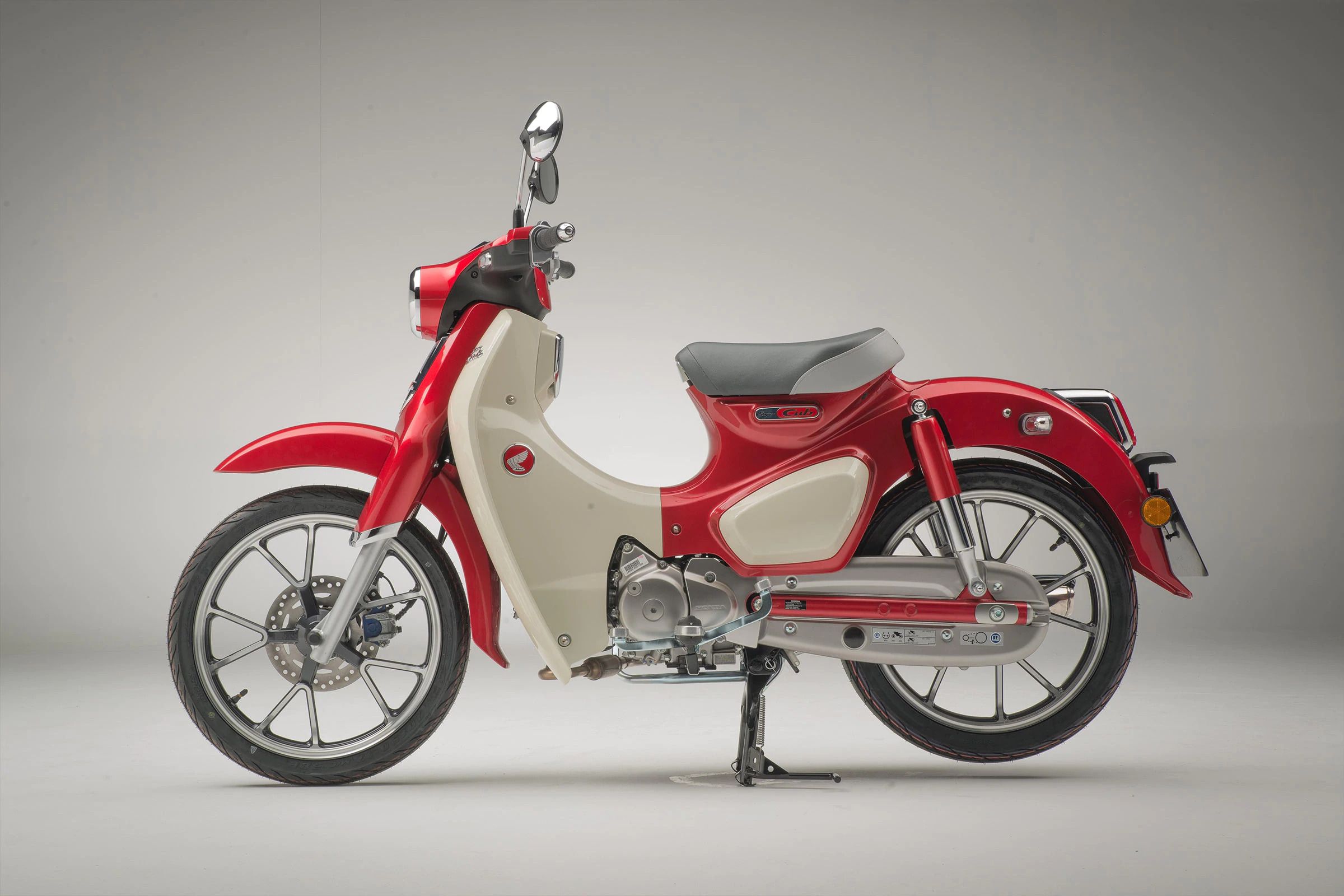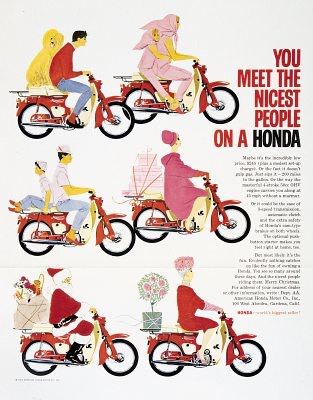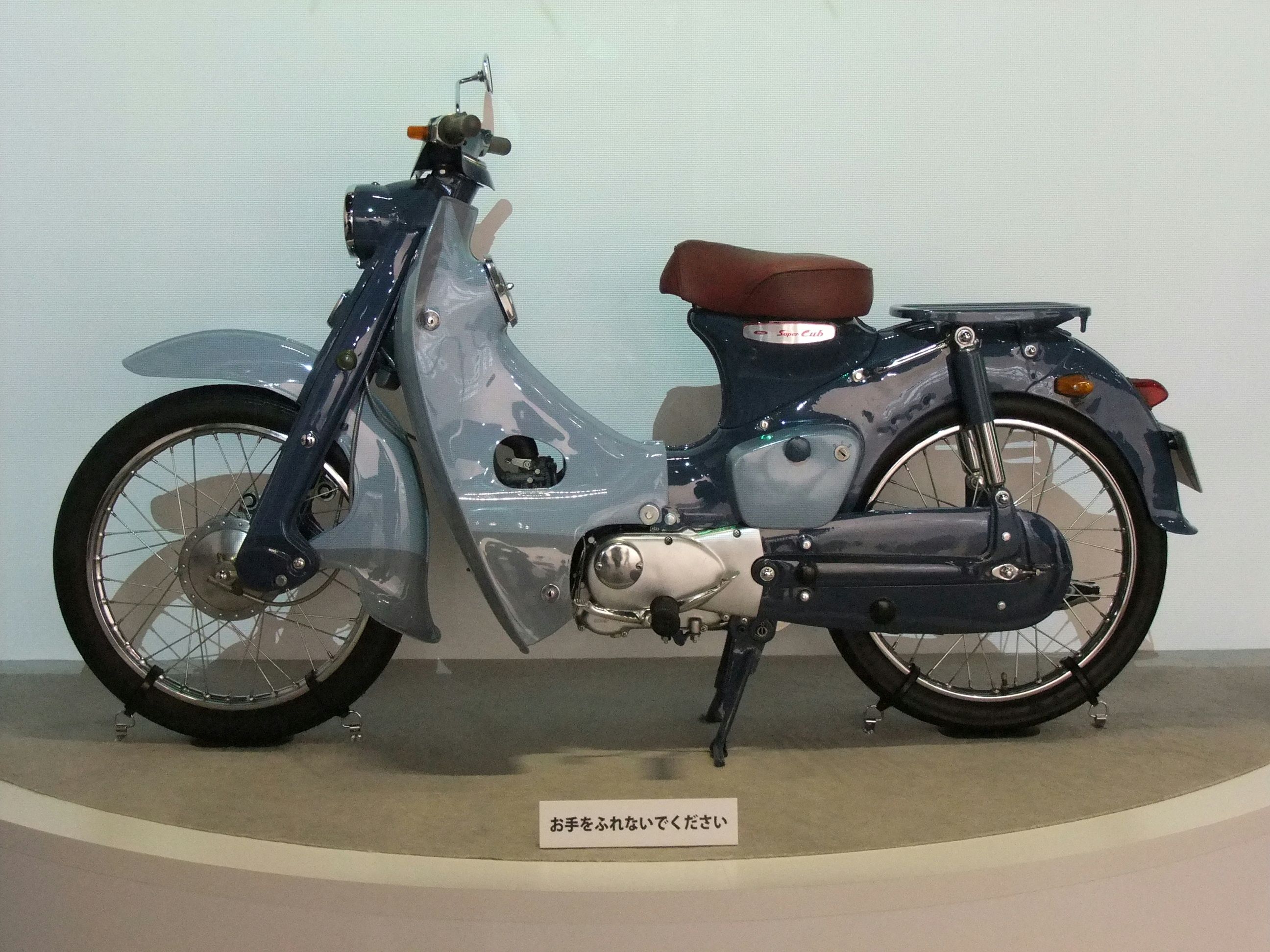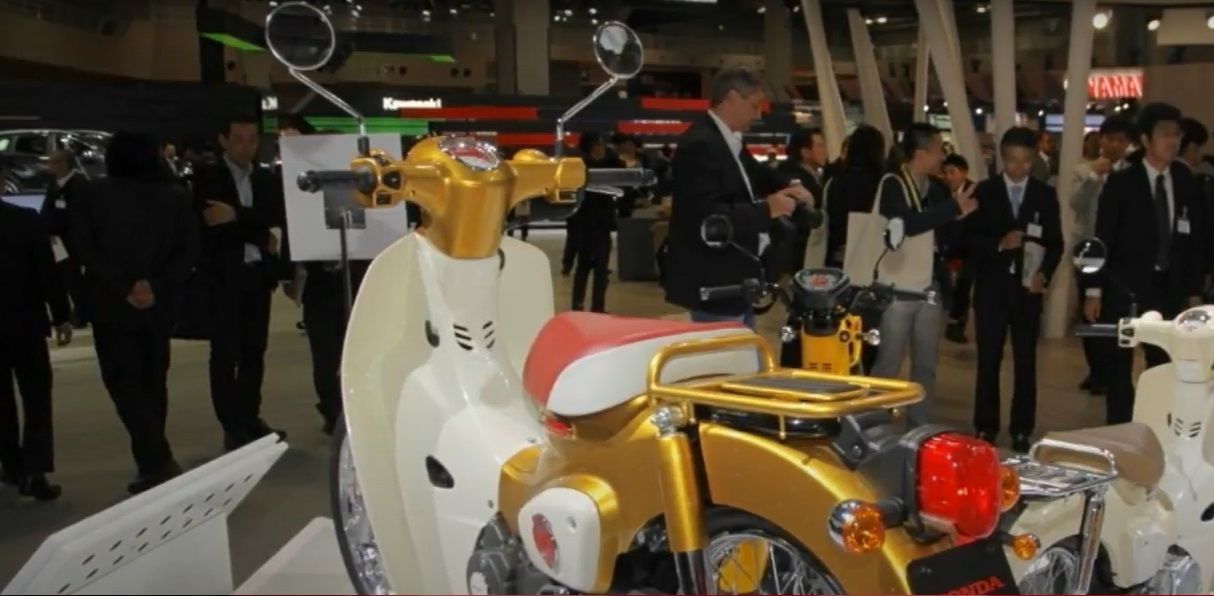The automotive world has had its share of iconic designs that went on to shape the industry. For instance, the Ford Model T set the standard for car ownership for the everyday American with its simple, utilitarian layout.
The Pontiac GTO packaged excitement and performance into a basic sedan, making big horsepower and roaring acceleration accessible to the masses. And the Porsche 911, with its distinctive silhouette, brought race-derived European performance to the world for years to come.
But what about the motorcycle industry? Sure, there have been classic models from manufacturers like Harley-Davidson, BMW, and others. But never has a motorcycle brought the fun of the sport to the general public like the Honda Super Cub, which debuted in 1958 and has continued in production to this day.
And as wonderful as the original was, 2018 brought a new version with updated technology to the US, Europe, and Australia, celebrating 60 years of production.
Let’s explore what made the original so great and how the newest version improves on all of its positive qualities.
The Memorable Ads That Started It All
In the early 1960s, motorcycling was still a prohibitive sport to get into, requiring some mechanical skills to maintain a bike and having a rebellious image due to “biker” culture. In 1963, Honda sought to change this and marketed the new Super Cub to everyday people who wanted simple, fun transportation that offered ease of maintenance and had a friendly image.
Honda ran a campaign for 12 years known as “You Meet the Nicest People on a Honda.” These ads featured smiling, happy people cruising around town just having fun on their Super Cubs. Many of the ads featured women, further softening motorcycling’s image at the time and also played up the ease of use of the Super Cub, with design aspects like a semi-automatic transmission and shielded chain being advertised.
The highly successful campaign marked the rise of Japanese motorcycle manufacturers in the US and the subsequent decline of domestic and British brands like Harley-Davidson and BSA. Additionally, these ads formed a wholesome, welcoming image that stayed with Honda until the present day.
Honda's Iconic Advert and How It Changed Opinion
A Simple And Useful Design For The Masses
The idea for the Super Cub came about in 1956 when Soichiro Honda and Takeo Fujisawa were traveling through Germany and witnessed the demand for lightweight motorcycles and mopeds.
Fujisawa, in particular, wanted to design something that had mass-market appeal and could be used by anyone, especially those without access to special tools or who had no previous motorcycling experience. This bike had to be the motorcycle equivalent of the Volkswagen Beetle.
Incorporating Soichiro Honda’s mechanical expertise developed from racing, the Super Cub featured several elements that set the standard for usability and convenience.
The Super Cub was the first motorcycle to use a plastic fairing, paving the way for the modern era with its covering of the engine as well as protecting the rider’s legs from the wind. The gearbox was clutchless, greatly accelerating the learning curve for new riders and further calming any apprehension about riding a motorbike.
One of the Super Cub’s most notable features is its “underbone” chassis design that allows the rider to step through it while mounting, rather than having to swing a leg over. It’s just one of the many features that enhances ease of use.
Using technology gleaned from Honda’s Isle of Mann racing program, the Super Cub featured a 50cc OHV engine producing 4.5 HP. Due to its low compression ratio, the engine was easy to start and could run on less expensive lower octane gas, negating the need for an electric starter, though some were sold with one.
A New And Modern Take On The Original
Since its introduction, the Super Cub has evolved mechanically, including some styling updates, but none of them as significant as the 2018 special edition that commemorated 60 years of production, with over 100 million bikes produced.
Now featuring a host of modern technologies, the updated Super Cub combines the old with the new for a classic ride that performs. The engine is now a modern, fuel-injected SOHC 125cc unit for plenty of torque around town while retaining high economy.
It also uses a large front disc brake equipped with ABS for the ultimate level of safety and control when you need to stop quickly. The alloy wheels add a sporty, contemporary touch to round off the sleek new package.
The Honda Super Cub has been an enduring, classic design that changed the world of motorcycling. It’s simple, efficient design and friendly image brought the sport into a new era and ushered in Japanese manufacturers to the US domestic market.
The image created by its advertising campaign portrayed motorcycling as a more approachable sport, and that positive picture continues to this day.




